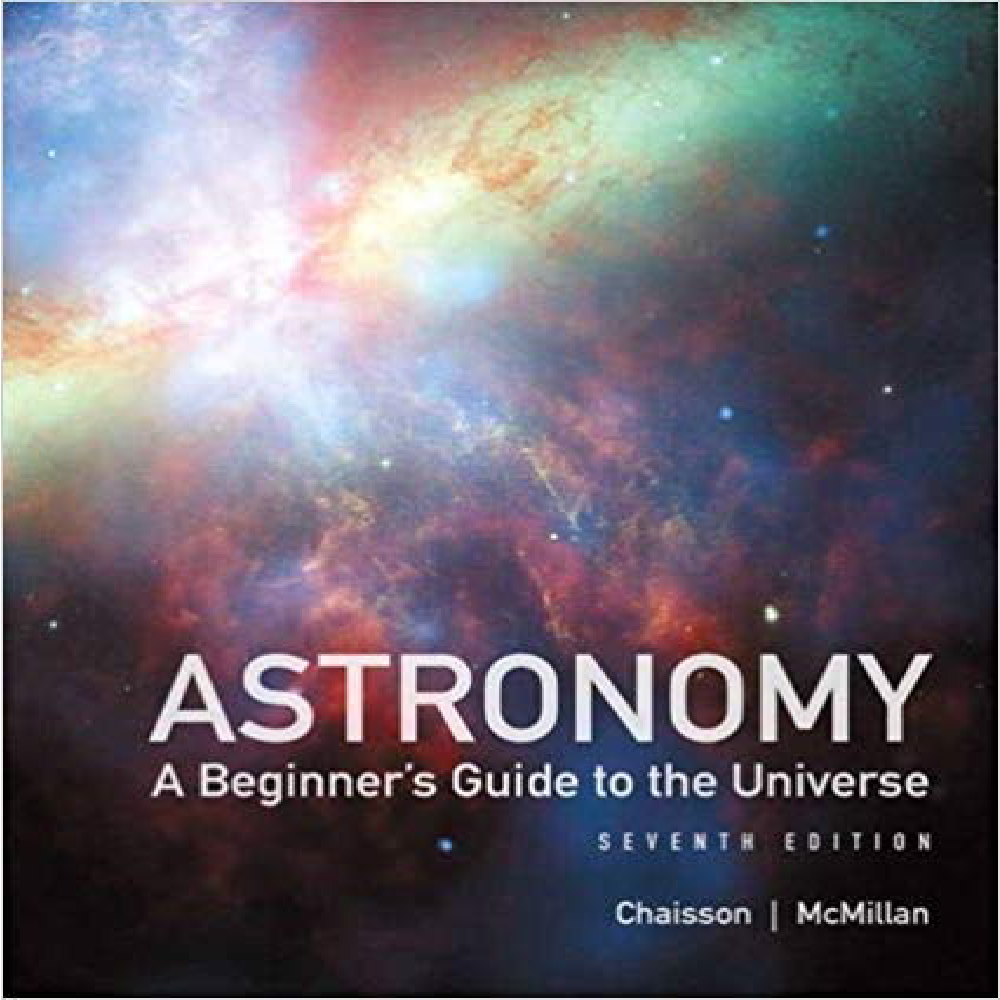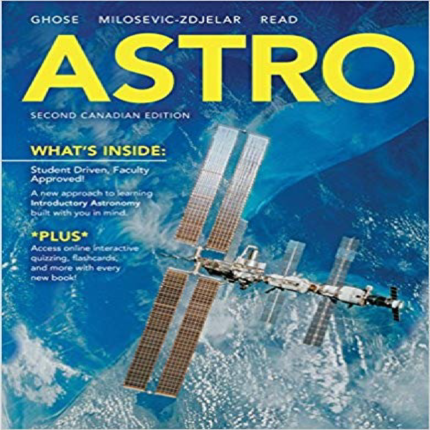Chapter 11 The Interstellar Medium: Star Formation in the Milky Way
1) Light from distant stars that must pass through dust arrives bluer than when it left its star.
Answer: FALSE
Diff: 1
Section Ref.: 11.1
2) There is as much mass in the voids between the stars as in the stars themselves.
Answer: TRUE
Diff: 1
Section Ref.: 11.1
3) Interstellar matter is distributed very evenly throughout the galaxy.
Answer: FALSE
Diff: 2
Section Ref.: 11.1
4) The gas in the interstellar medium consists of mostly heavy elements.
Answer: FALSE
Diff: 2
Section Ref.: 11.1
5) The dust particles have exactly the same chemical composition as the gases of the interstellar medium.
Answer: FALSE
Diff: 2
Section Ref.: 11.1
6) The predominant color of emission nebulae is blue.
Answer: FALSE
Diff: 1
Section Ref.: 11.2
7) Emission nebulae are created by gas absorbing ultraviolet energy from the hot young stars within them, such as in the Orion Nebula.
Answer: TRUE
Diff: 1
Section Ref.: 11.2
8) O and B type stars are usually found associated with emission nebulae.
Answer: TRUE
Diff: 2
Section Ref.: 11.2
9) Emission nebulae get their red color from the red supergiants forming in them.
Answer: FALSE
Diff: 2
Section Ref.: 11.2
10) Most molecules found in the interstellar medium are based on carbon.
Answer: FALSE
Diff: 2
Section Ref.: 11.3
11) We usually find dark molecular clouds beside bright emission nebulae.
Answer: TRUE
Diff: 1
Section Ref.: 11.3
12) Dark dust clouds are optically invisible, but give off radio energy.
Answer: TRUE
Diff: 1
Section Ref.: 11.3









Reviews
There are no reviews yet.